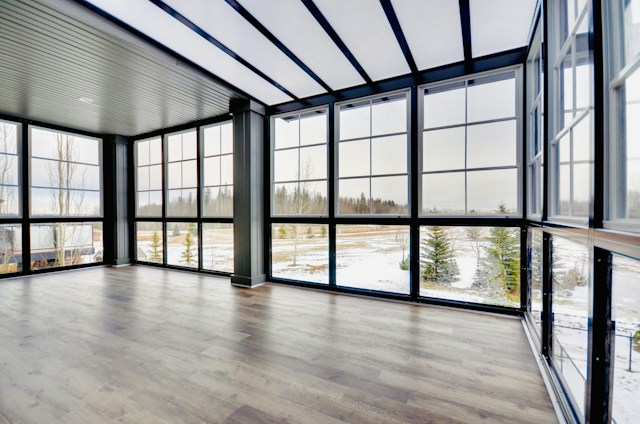Commercial floors must withstand higher volumes of traffic and more rugged conditions than residential ones. They must handle scuffs, scratches, dents, and spills.
The right flooring balances style with robust durability. Options like luxury vinyl tiles and sheet vinyl, rubber, ceramic tile, and terrazzo flooring deliver a modern aesthetic while surviving the bustle of everyday life.
High-Density Carpet
Carpet density is an essential indicator of quality. It determines how tightly fiber strands are packed together, and higher values mean thicker and denser carpets that can withstand more pressure before they show signs of wear.
A good carpet for residential spaces generally has a density rating between 2,000 and 3,000 grams per square meter (g/m 2), or 60 to 120 oz/yd2. This range offers a good balance between durability and comfort.
High-quality cut pile carpets commercial flooring companies Manhattan NY tend to have a higher density, while some types and level loop pile carpets are typically lower. However, carpet density should be one of many factors when deciding which style to choose. Other factors, such as expected foot traffic, personal comfort preferences, and budget constraints, should also be considered. In addition, consulting with a flooring professional can help you find a suitable density range for your specific needs. This will ensure you select the best carpet for your space and long-term satisfaction.
Cork
Cork is a natural, sustainable flooring choice that blends style and function. Known for its adaptable and resilient properties, cork is becoming increasingly popular among homeowners seeking eco-friendly options.
Quiet: Cork’s honeycomb structure and air-like cells make it an acoustic insulator. This helps reduce noise from foot traffic and between rooms.
Mold, insect, and fire-resistant: Cork contains an antimicrobial wax called suberin that naturally repels moisture, mold, insects, and fire. Moreover, damaged or gouged tiles and planks can easily be replaced without tearing up the entire floor.
Easy to install: Many cork floors come in floating panels that lock together without nails or glue. This makes them ideal for DIY renovations.
It’s important to acclimate cork tiles and planks for three days before installing, especially in humid weather. It’s also a good idea to test the subfloor with a moisture meter before you lay down your new flooring. Also, don’t drag heavy or sharp furniture over the cork because it can scratch and gouge the surface.
Vinyl
Vinyl is a durable material that can withstand high traffic and is often used in hotel lobbies, offices, schools, hospitals, and more. It is easier to clean and maintain than carpet and less expensive than tile. It is also available in various styles and finishes to create a refined look for any space.
Vinyl refers to polyvinyl chloride, a type of plastic that contains chains or arrays of an essential molecule known as a monomer. Monomers can be combined to form polymers, a group of molecules with similar properties.
PVC was discovered in 1926 by German chemist Eugen Baumann, who left a flask of vinyl chloride exposed to sunlight. It wasn’t until 1931 that American inventor Waldo Semon stumbled upon the fact that PVC could be manipulated into a fabric when he saw a shower curtain made of vinyl polymers. He then patented his discovery. Today, vinyl is the second largest-selling plastic in the world and is used to make products ranging from flooring, wall coverings, and windows to pipes and sanitary waste pipes.
Laminate
Laminate quietly sneaked into our interiors more than forty years ago and shows no sign of going anywhere. It’s a multi-layer synthetic product that combines dense fiberboard material with melamine resins, then covers it with a clear protective finish and a photographic image that imitates wood or any other material.
This image layer can be printed in various decorative patterns and colors and pressed under high-pressure heat. Combined with the high-density fiberboard (HDF) core layer, this results in a solid and durable floor that offers excellent resistance to scratching and staining.
The HDF core layer is also a moisture barrier, making laminate flooring suitable for humid areas. However, if laminate is used in a room with standing water, such as bathrooms, laundry rooms, and mudrooms, we recommend choosing a waterproof luxury vinyl. These floors are designed to lock out moisture and come with testing and product warranties that back up their claims.

